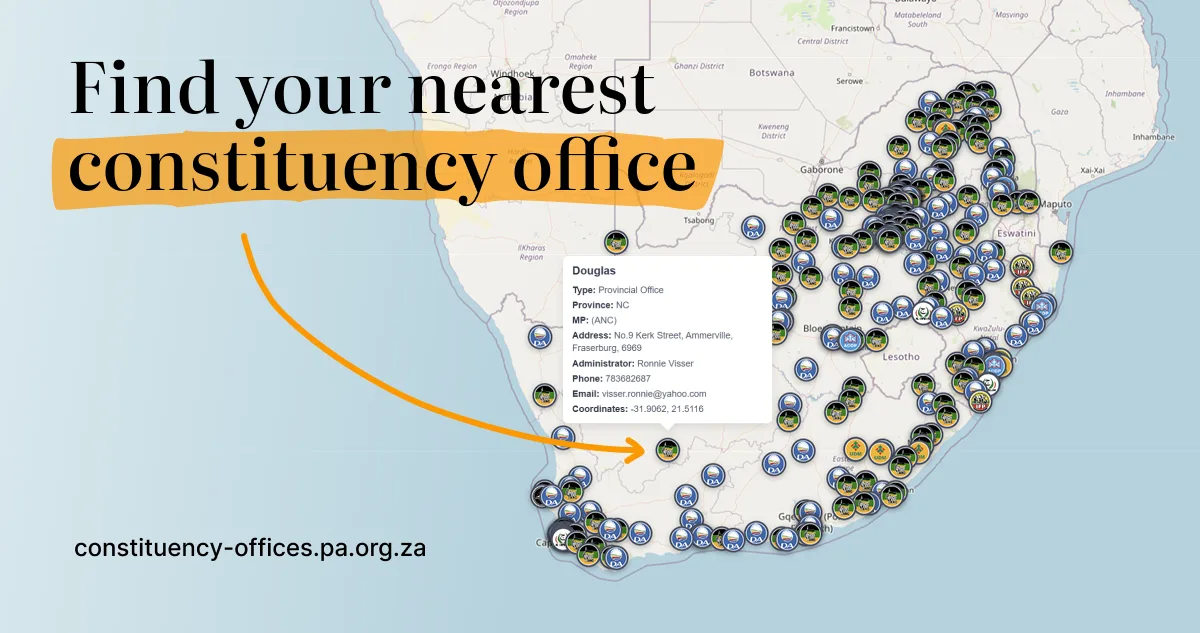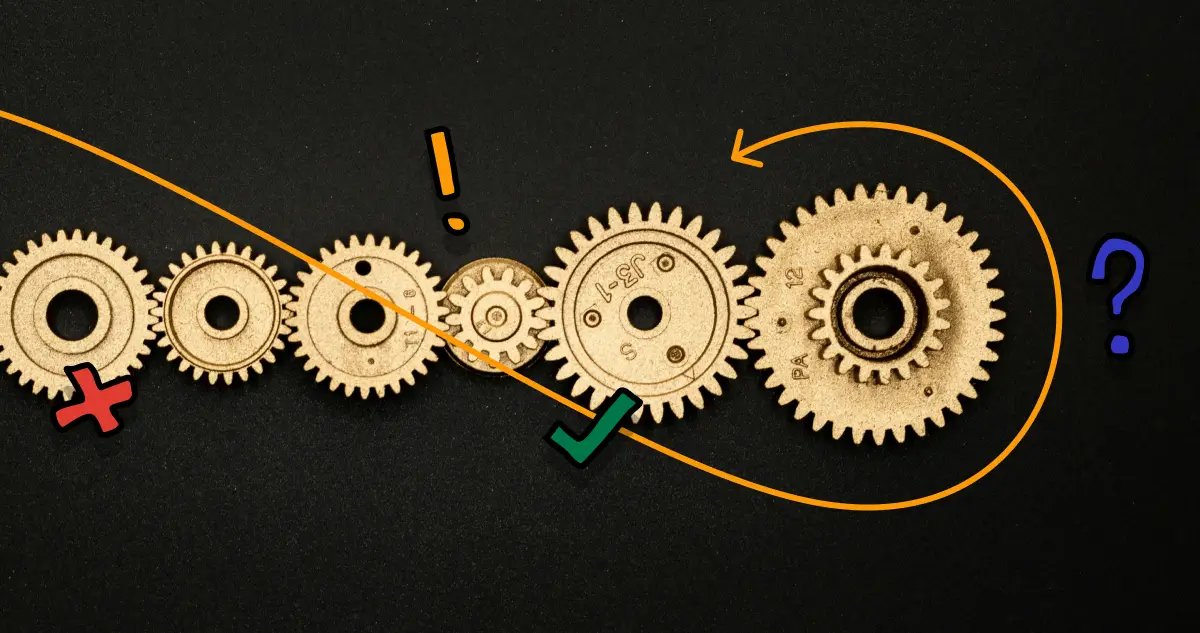It’s easy to get confused. Cabinet is not Parliament and Parliament is not Cabinet. Here is some clarity on who is accountable for what.
Parliament, the Executive, the Cabinet, and “the government” is often used interchangeably in South Africa. However these are distinct terms so it is important for you to understand the differences
Here is some clarity on who is accountable for what.
When things go wrong in government, we tend to lump all public officials into one big pot. Cabinet, Parliament, MPs, ministers… it all starts to blur. And when it blurs, accountability disappears.
When things go wrong in government, we tend to lump all public officials into one big pot. Cabinet, Parliament, MPs, ministers… it all starts to blur. And when it blurs, accountability disappears.
Here’s the thing: not all public representatives do the same job.
Cabinet is not Parliament.
Parliament is not Cabinet.
To add to the potential confusion, Parliament is distinct from the Executive some (most) members of the Executive are also part of Parliament, known as the legislature.
Knowing who does what is the first step to making sure someone is actually doing their job.
.webp)
That’s why we created the visual above. To help make sense of the structure, the roles, and who answers to whom.
Let’s break it down.
Step one: You vote
Every five years, South Africans go to the polls to vote in the National and Provincial Elections.
You vote for political parties (and now also independent candidates). These votes shape the National Assembly and the National Council of Provinces, and determines who gets seats in provincial legislatures. Members of Parliament have been voted for by you as your public representatives.
Step two: Parliament is formed
South Africa’s Parliament has two Houses:
- The National Assembly (NA) has 400 MPs, chosen from party lists.
- The National Council of Provinces (NCOP) has 90 delegates, appointed by provincial legislatures.
Together, the NA and NCOP form Parliament. Constitutionally, Parliament is there to draft and amend laws, debate key national issues, encourage public participation, scrutinise and approve budgets, and keep an eye on the executive.
Parliament is there to draft and amend laws, debate key national issues, encourage public participation, scrutinise and approve budgets, and keep an eye on the executive.
Step three: The National Assembly elects the President
One of Parliament’s first big tasks is to elect the President from among the 400 MPs.
Once elected, the President resigns as an MP and becomes head of the executive. The party fills that empty seat with someone else from its list.
Step four: The President appoints Cabinet
Here’s where things often get murky. The Cabinet is made up of:
- President
- Deputy President (still retains seat as an MP)
- Ministers (still retain seats in Parliament apart from 2 non-MPs President can appoint as Ministers) each Minister is responsible for a national department
While the Cabinet (apart from the exceptions we have outlined) still remain MPs, they serve a distinct function in the Executive (Cabinet + Deputy Ministers = Executive)
Why does this matter?
Parliament is meant to hold the Executive to account. Understanding the difference between Parliament and the Executive helps you to know who to hold accountable
The Executive makes decisions that affect your life: health, budgets, school policies, electricity plans, infrastructure projects. Parliament’s job is to question those decisions, dig into the details, and stop things from going off the rails*.
If Parliament isn’t doing that, no one is
We saw what happens when this balance breaks. During the state capture years, Parliament failed to stand up to a powerful executive. Ministers got away with bad decisions, dodgy deals, and blatant abuse of power — all because Parliament stopped doing its job properly.
So how do you keep track?
You don’t have to guess who is responsible. You just need the right tools.
- If your water isn’t running, which minister is in charge?
- Is the relevant parliamentary committee doing anything about it?
- Are MPs holding the department accountable, by asking tough questions and insisting on swift action?
That’s where ParliMeter comes in. We monitor Parliament so you can see who’s working, who’s silent, and who’s showing up when it counts.
So, the next time “the government” is trending for the wrong reasons, ask yourself:
If this is a Cabinet failure, then what is Parliament doing about it by way of sufficient oversight?
And once you’ve figured that out, hold the right people accountable.

Work with us
We are looking for resource and data partners!
If you or your organisation would like to contribute or collaborate, please get in touch.
You might also like

Strengthening transparency & responsiveness: What our latest IDP assessments reveal about Parliament

Know Your MP: Find Your Constituency Office and Make Your Voice Heard


